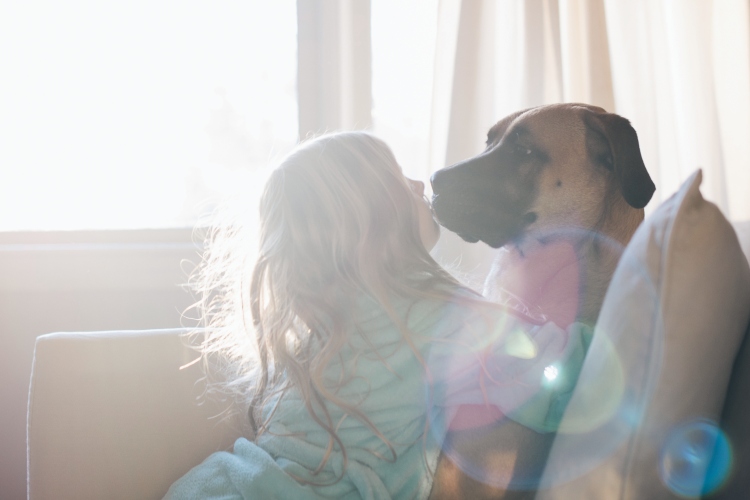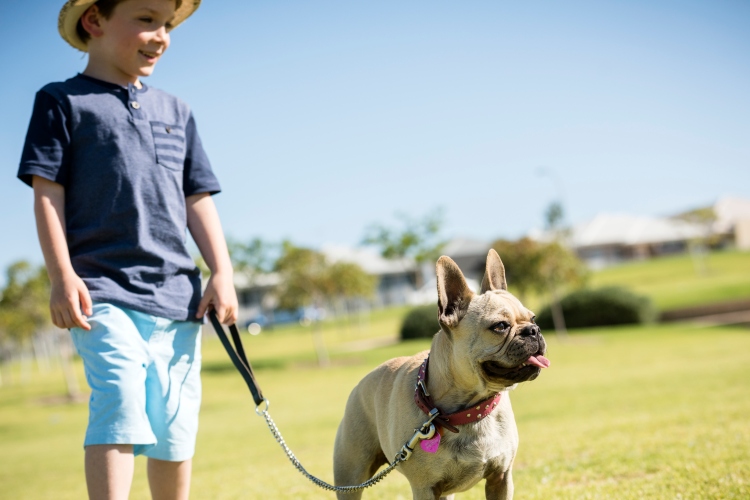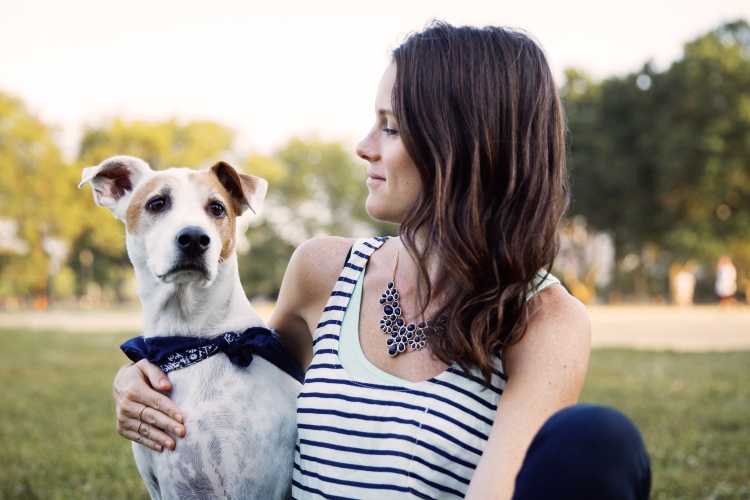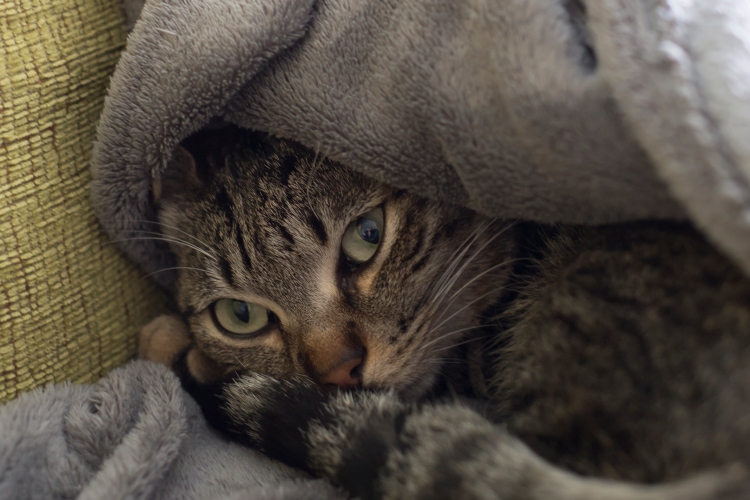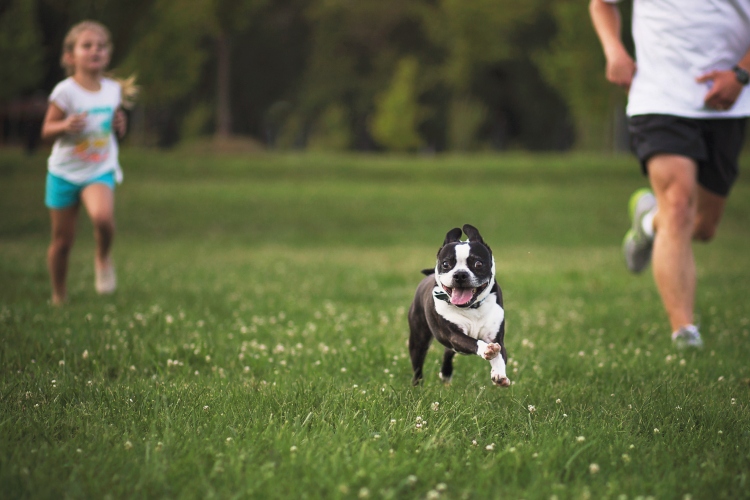Tips and advice for anyone who is looking at moving with a cat or a dog, from how long to keep a cat inside when you move to making a puppy comfortable in a new home...
Moving house can be a stressful experience. And we're not just talking about for people. Cats and dogs can not only find the move itself unsettling, but can also find it hard to adjust to a new home. We've pulled together a few ideas to reduce moving anxiety for your pets and also ease a cat or dog into a new house and help them feel calm in their new home.
Before moving
Getting a pet's eye view of your new location is a great first step. If moving house with a dog, that can include scouting out places to take them for walks. Stockland communities are designed to be pet-friendly, with amenities that include dog parks, so you can be sure your furry friend's exercise needs are looked after.
You can even take your dot there before you make the move, so they can get used to the new smells and even meet some new puppy pals!
If you're going to be building a new home and plan to have your dog outside, you'll need to make sure you factor in an appropriate fence and gate to make sure they're not likely to escape.
While packing
The sight of packing boxes and related moving activity can make pets particularly anxious. The trick is to keep things as normal as possible for them, by still taking them for walks, feeding them at the usual time, keeping a favourite toy or two handy, and making sure their basket is among the last things that get packed. Most importantly, make sure they still get the usual amount of attention from you.
Cats are particularly likely to get flighty when they sense change. So before moving with a cat, making sure they are microchipped and wearing a collar is a must, while you may also want to keep them on a lead to ensure there is not chance of them running.
While moving
On moving day itself, it can help to have your pets looked after by a friends in their house. This will reduce the anxiety for your cat or dog, ensure they don't get in the way of removalists and reduces the risk of them escaping while doors are open.
When physically moving with a cat, a carry cage is the best and safest option. Ensure it is the right size for your animal so they can turn around normally, stand, sit and lie naturally. If they have never been in a carry cage before, it can help to leave it in their area with the door open for a few days before moving. Make sure the cage is secured in your car for the journey.
A cage or crate can also provide security for dogs when they are being moved. However, if they are already well-used to travelling in the car, simply fasten them in the usual way.
After moving
Getting back to a familiar routine as quickly as possible is important to help pets settle in. They will also need plenty of reassurance and, if possible, not be left alone for the first few days.
Dogs generally find it easier to adjust to a new home than cats, particularly if they are taken on plenty of walks to familiarize themselves with the sights and smells of the community.
Experts recommend that after moving with cats, they should be kept in the house for at least three weeks after moving, so they can gradually get used to their new environment. Try to keep them in one room to being with, then gradually open doors so they can explore the rest of the house in their own time.
And finally, make sure you update your pet's council registration, ID tag and microchip register.
Sources
- www.petbarn.com.au/petspot/petcare/tips-moving-house-dog-cat/
- www.greencrossvets.com.au/pet-library/articles-of-interest/moving-house-with-a-pet/
- www.betterpetsandgardens.com.au/pet-care/cats/holidays-and-travel/moving-house-with-a-cat/
- www.domain.com.au/living/moving-with-pets-a-stepbystep-guide-20171123-gzr44y/
Discover the Stockland difference
Keen to join the hundreds of people who move into a Stockland community every week? Click the button below to get started.

